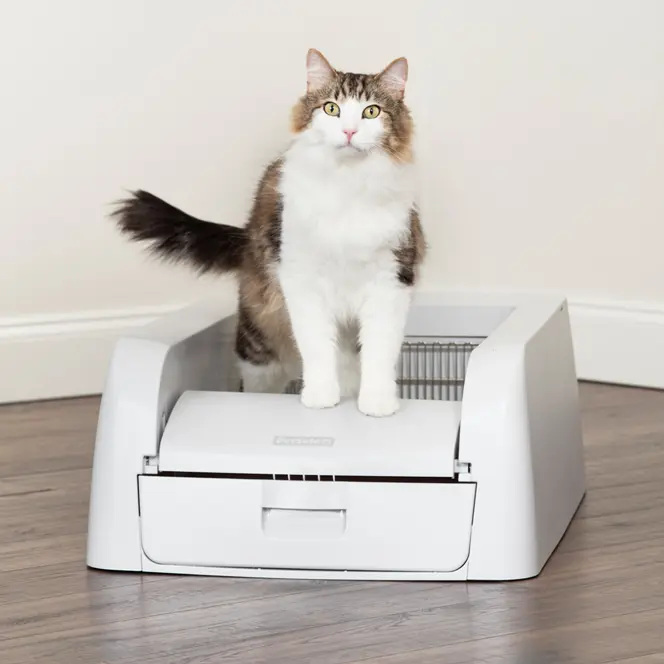It’s a common sight – you glance over at your resting dog and spot them curled up into a floofy ball. This endearing, compact posture seems cozy to us, but it serves some important purposes for dogs as well. Understanding why dogs love to curl up provides insight into how best to care for your pup.
Certain dog breeds like Pugs, Shih Tzus, and Dachshunds may spend more time curled up thanks to their shape. But all dogs are prone to curling behavior in the right contexts. Let’s explore several key reasons why dogs ball up.
Conserving Body Heat
One of the main reasons dogs curl up is to conserve body heat. By tucking their limbs beneath them and bringing their tail around their body, dogs minimize their exposed surface area relative to the room temperature.
When curled tightly, less body heat radiates away from a dog’s core temperature zones. This heat preservation instinct provides an energy-efficient way for dogs to stay warm and maintain their optimal temperature.
You’ll notice dogs curling up most often in the following situations:
- Cold environments or weather
- Hard floors that pull heat away
- When resting and metabolism is slower
- If they are sick and need extra heat
Their natural heating behaviors tell us when environmental conditions or health warrant providing some extra warmth.
Joint and Muscle Support
Curling up is also beneficial for providing compression support to a dog’s joints and muscles. Dogs with arthritis or other orthopedic issues may curl up more often to alleviate discomfort.
That compact posture applies gentle pressure to stiff joints which can have soothing, analgesic effects like:
- Improving circulation
- Reducing inflammation
- Limiting range of motion
It’s essentially similar to using compression wraps or braces for injury recovery. Let your dog curl up whenever they seek relief rather than forcibly stretching them out.
Feeling Safe and Secure
From a psychological perspective, dogs also curl up when sleeping to feel protected. By getting compact, dogs shield their vulnerable belly and instinctually guard against threats.
That tightened pose also provides a sense of stability and security for anxious or nervous dogs. The comfort of being curled in a “den” is likely reminiscent of the enclosed nests they occupied as young puppies.
Respect your dog’s need to curl up if it seems to relieve any stress or fear. Their chosen sleep positions provide insight into their state of mind.
Digestive Motivations
Interestingly, the act of curling up itself can also help dogs digest their food after eating. Lying tucked in a ball gently compresses the abdomen, stimulating the vagus nerve which controls motility.
That stimulation prompts the release of gastric juices and enzymes that enhance digestion. Letting your dog curl up post-meal can allow this gastrointestinal aid to work its magic.
Maximizing Small Spaces
For small dog breeds, fitting into compact quarters is a necessary skill. By curling up tightly, dogs are able to tuck themselves into cozy corners, beds, laps, and carriers.
Dogs instinctively optimize the space they occupy this way. It also prevents injuries from being stepped on or rolled over in cramped quarters.
If you notice your small dog curling up frequently, ensure their environment provides plenty of appropriately sized hiding spots and beds.
Signs of a Problem
While dogs naturally curl up often, be alert for any changes suggesting a medical issue may be causing more curling behavior:
- Difficulty fully straightening out
- Whining or resisting when uncurling
- Holding one leg up while curled
- Shaking or panting while curled up
- Increased curling around the abdomen
Discomfort, neurological issues, bloat risk, or other conditions could be putting your dog in distress. Contact your vet promptly if curling seems abnormal.
Support Your Curled Canine
Now that you know the multifaceted reasons why dogs love to curl up, you can better support this comforting posture:
- Provide orthopedic beds for aching joints.
- Allow access to warm, enclosed spaces.
- Respect their curling coping behaviors.
- Gently massage muscles when they uncurl.
- Monitor for any signs of illness associated with curling.
- Accommodate their innate need to fit in cozily.
Your furry friend feels most content when they can curl up comfortably and safely. By understanding this unique dog behavior, you help fulfill their needs.
Frequently Asked Questions
Why does my dog sleep in a little ball?
Curling in a tight ball conserves heat, feels safe, soothes sore joints, and supports digestion. It’s an instinctual comfort posture for dogs.
Why does my dog sit curled up?
Sitting curled minimizes space just like sleeping curled. It can also indicate pain, insecurity, or a desire to retain body heat while awake.
Is it bad if my dog sleeps curled up?
Not at all – most dogs naturally prefer sleeping curled. Only discourage it if a vet advises, or if signs of pain or illness accompany the posture.
Why does my dog curl up and shake?
Trembling while curled up can signal pain, nausea, or other problems. Have your vet evaluate your dog to determine the cause of the concerning symptoms.
How can I get my dog to stop curling up?
It’s best not to deter natural curling behavior unless medically necessary. If so, provide flat surfaces, gently stretch them periodically, and check for joint, digestive or anxiety issues.

